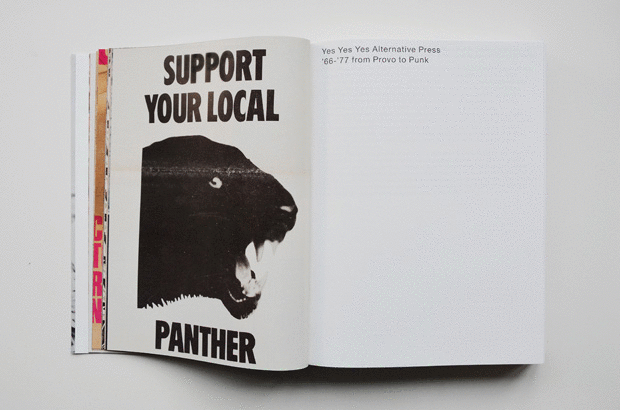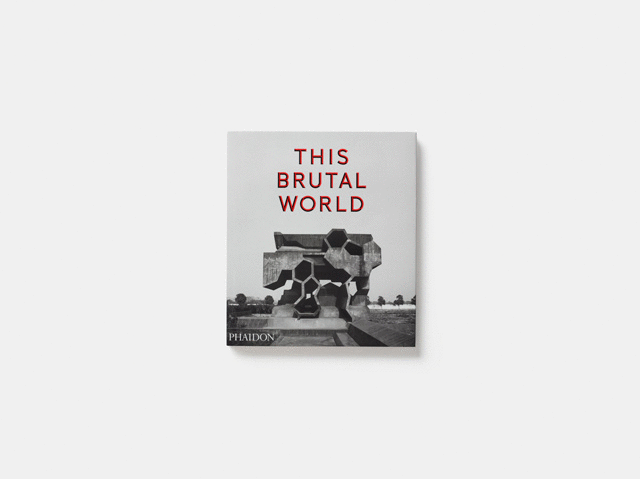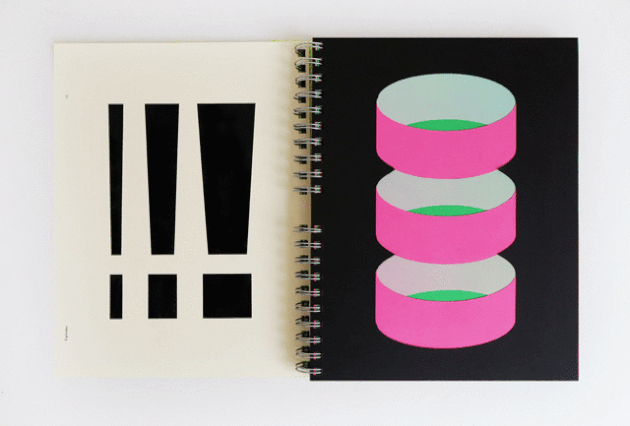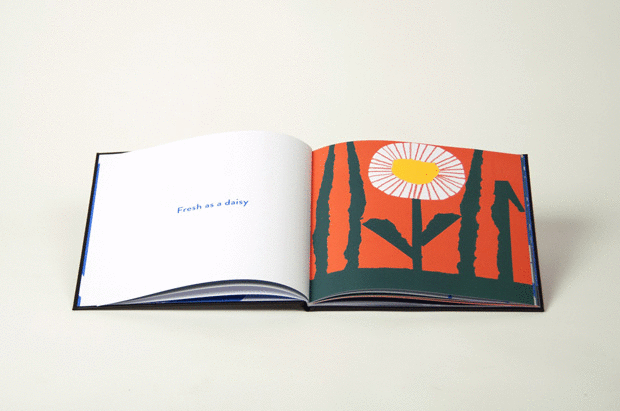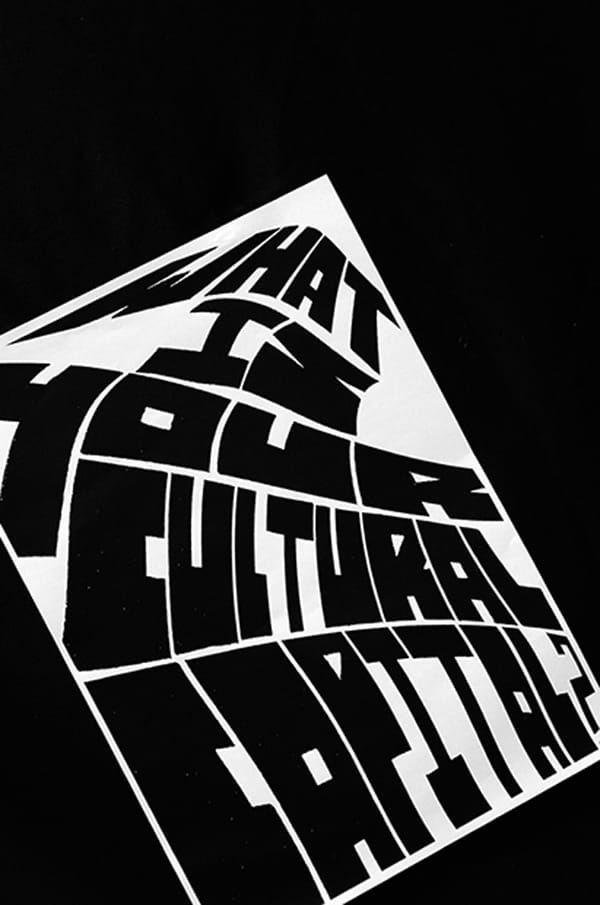Bringing to life the counterculture movement of the 60s and 70s through pages from the underground press, Yes Yes Yes is an alternative press essential read...
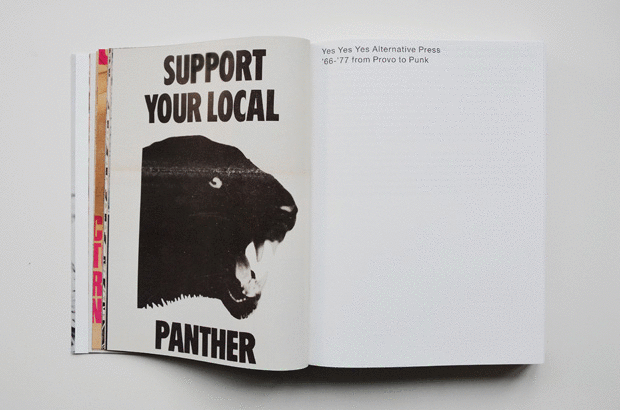
The most exciting publishing project we have seen so far this year landed with a thud: at nearly 500 pages Yes, Yes, Yes: Alternative Press from Provo to Punk is impressive in scale as well as in the breadth of research and archiving that has gone into its making. The book is part of a wider project exploring underground print culture, which has its roots in the impressive collections of its editors Emanuele de Donno and Amedeo Martegani. These formed the source material for a semestral project, held at the Editorial Design course at ISIA Urbino, Italy (with the book's designers Dallas), then progressed into a book, exhibitions and a web project.
The book immerses the reader from the first page into the print-saturated counterculture of the sixties and seventies, with full-page reproductions of pages from magazines of the period. It brings to life the dynamic visual energy, political vigour, risky rhetoric and full-frontal activism of publishing at its rawest edge.
The editors describe the book as “a visual essay, a picture book” and indeed its bulk is given over to reproductions of the magazines themselves, an approach which delivers a satisfying hit from what is clearly an extensive archive. The magazines are divided into thematic sections under titles including Drop Acid Not Bombs (the peace movement, anti-Vietman war), More Hot Juice (the sexual revolution, the gay rights movement), The Greatest Show on Earth (music) and We The People (the civil rights movement).
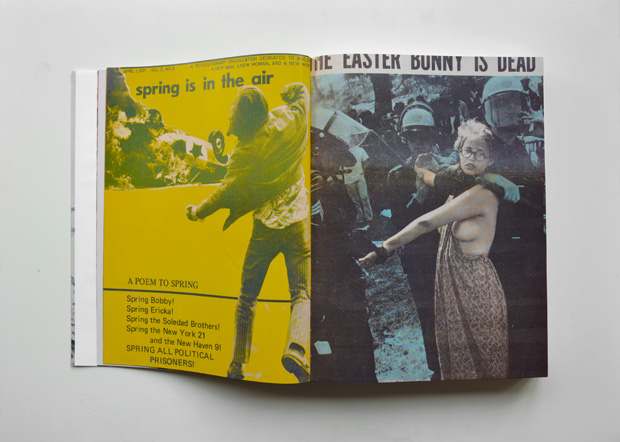
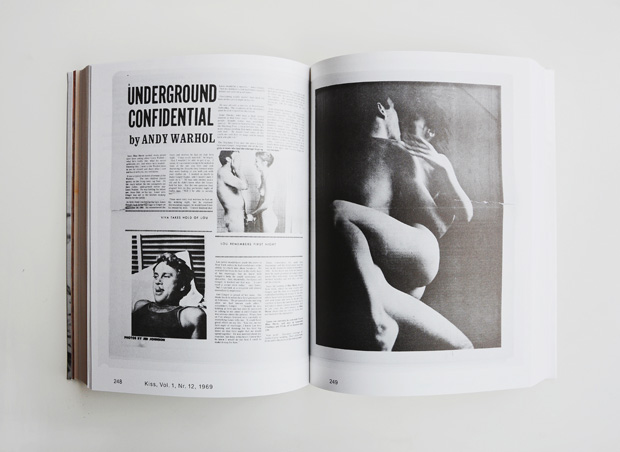
Underpinning the pure visuals of the first 440 pages, is a text section to the back where each image is meticulously referenced with details about the provenance, key staff, publishing period, dimensions and circulation of each title. Further, there is an essay section with contributions by the main players from the underground press of the period.
All this content is delivered in a format worthy of note. The design of the book, by graphic design studio Dallas, is a tour de force of purposeful, intelligent understatement.
To get under the skin of this exciting and significant publishing project we questioned Kevin Pedron and Francesco Valtolina of Dallas and editor Emanuele de Donno about the background, methodology and spirit of Yes Yes Yes…
Kevin and Francesco, the design of the book is pared back – what informed your graphic approach to presenting such visually diverse material?
This is definitely a case where the content speaks for itself, and therefore as graphic designers we wanted to showcase that and not get in the way. We are convinced that great content makes for great books and it's our prerogative to provide a frame for that. Materials, format, typographical decisions were all taken with this in mind, perhaps with a bit of a punk touch…
The content must have been a treat to work with — do you have any favourite sections or featured publications?
What we believe is interesting is to have different angles and approaches to the same source: all the sections display some really avant-garde ideas, both philosophically and graphically. What we tried to do was highlight those peculiarities and give a pleasurable overview of the collection, without really pushing one part over the others (that's also why we designed four different covers).
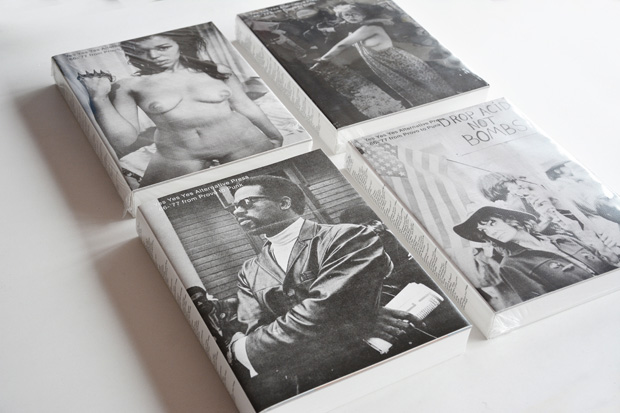
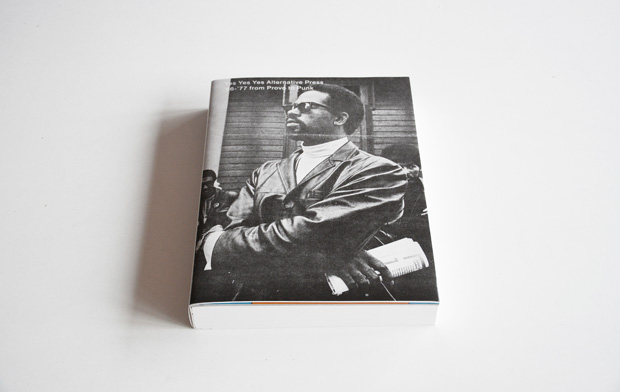
Tell us about the production and format – it’s a big book, but relatively light weight, how did you achieve that and what motivated your decisions about the format and production?
Our goal was to put the content forward: the balance between the quantity of images and texts and the usability and readability of the book was the biggest challenge. We didn't want to get something like a coffee table book, but instead to develop an interesting object, big in format (to keep a connection to the original size of the magazines) and in the number of pages but still light, easy to consult and to handle. The use of thin yet bulky papers allowed us to do exactly that.
Emanuele, what is special about the period delineated by the book – ’66 –’77?
Those two dates are very important for the revolutionary road to a new society: the first is connected to the strong effect of the Dutch Provo movement and the American Free Speech movement; the second is a terminal date related to the loss of the great utopia and the drift to the post-modern society. In the book, we signal this last period with the riotous and monochrome punkzines.
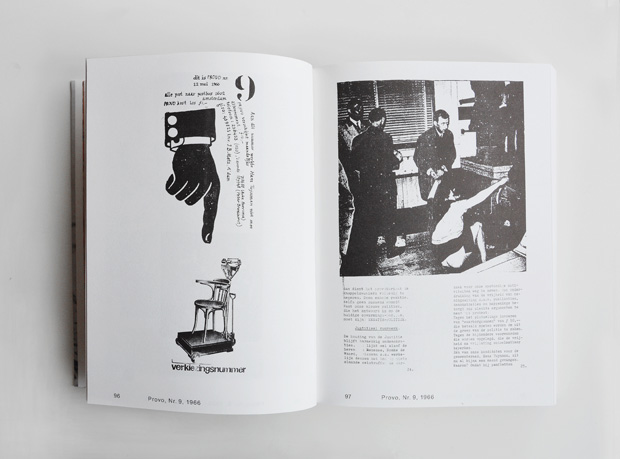
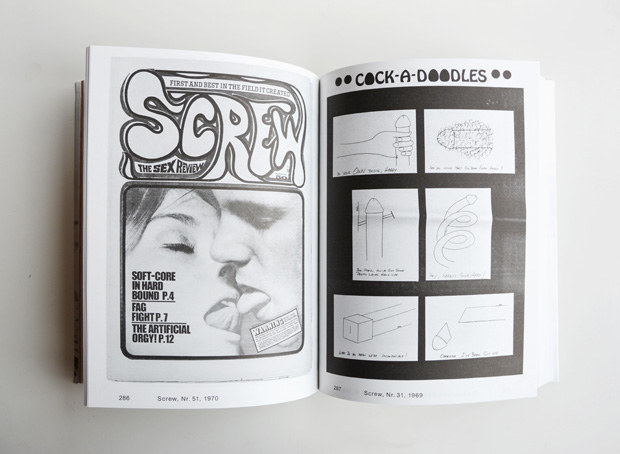
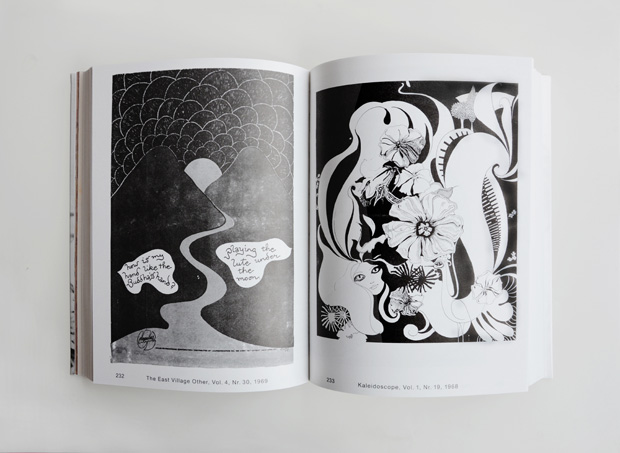
What’s the thinking behind the editorial approach of making a ‘picture book’ and why you wanted to emphasise the visual?
We approached the book in this way as an answer to a wider rhetoric of nostalgia for that mythical period. We have used some tricks in order to avoid this risk by entrusting the contents of the original spreads with an analogical/ in-scale treatment, and by locating the the texts/ interviews at the back of the book. Further, we have noticed that this kind of content is often treated as radical-political issue that can result in a hostile tone. In Yes Yes Yes, we intended to be affirmative, to liberate the visual design of these marvellous magazines.
Is there anything published today approaching the anarchic and subversive energy of that time?
Yes obviously, there are a lot of publications/ essays, but most of them are out-of-stock or rare because they are published in few copies, by small publishers, So it is interesting how these fragile free press papers can be preserved by another form of publishing resistance.
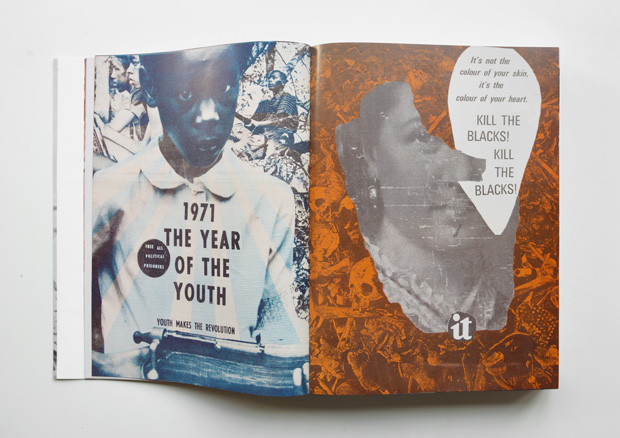

Yes Yes Yes: Alternative Press ’66–‘77 from Provo to Punk, edited by Emanuele De Donno and Amedeo Martegani, co-published by a+m bookstore, Milano / VIAINDUSTRIAE, Foligno in collaboration with COLLI publishing platform, Roma.
Yes Yes Yes: Alternative Press was an exhibition held at Colli Independent Art Gallery, Rome, April – June 2015. The exhibition included posters designed by Dallas, Dexter Sinister, Experimental Jetset, Will Holder, Pauline Kerleroux & Adéla Svobodová, Prill Vieceli Cremers, Studio Hato and Batia Suter.
Click here to find out more about Yes Yes Yes.

